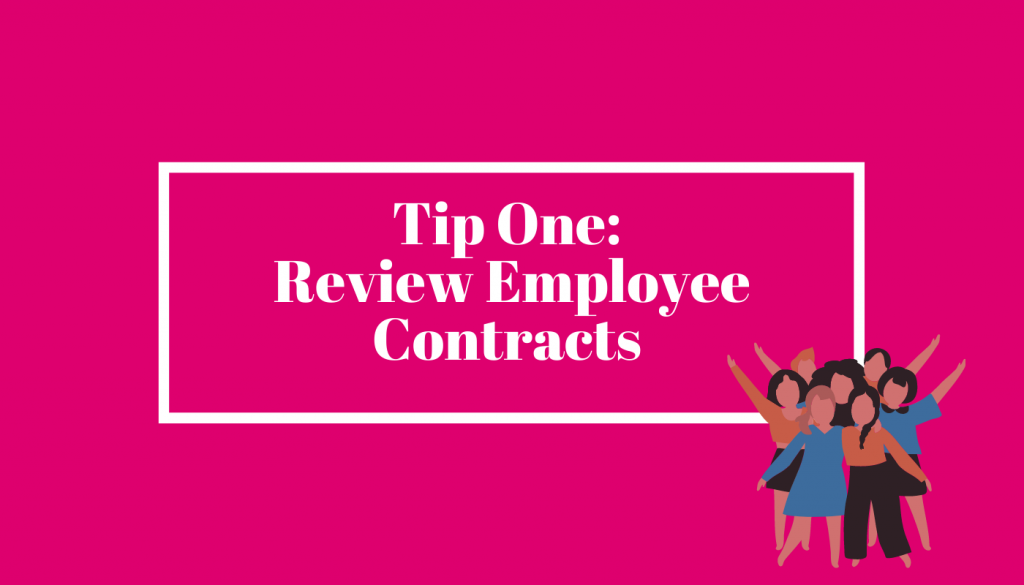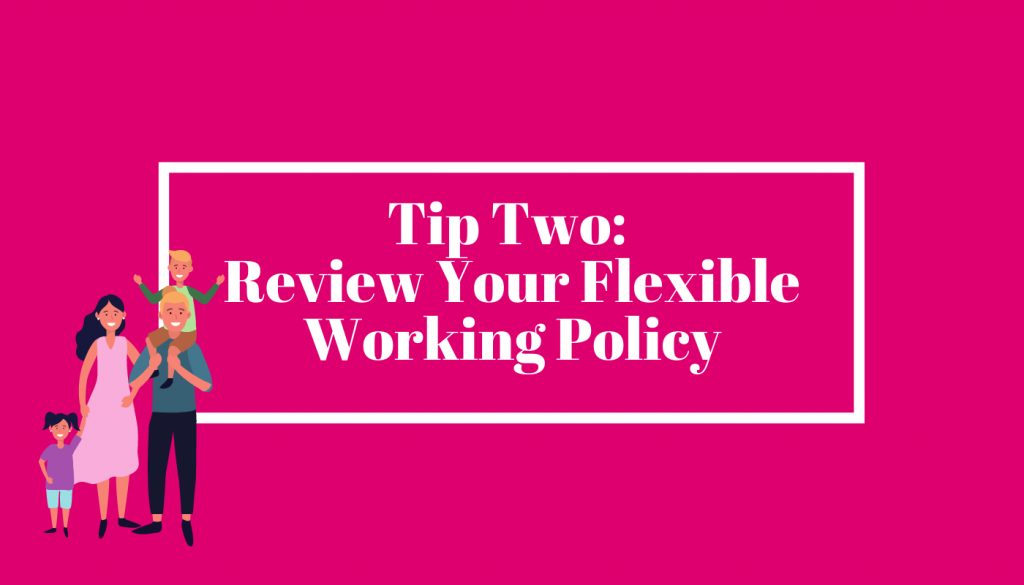As author Dough Hall correctly put it, “if your profit margins aren’t rising, chances are your company isn’t thriving.” Makes sense when you think about it. If your profit margin is the actual money you get to walk away with after a transaction (your revenue minus your costs), you want to be continually improving this number.
To help you increase your profit margin, especially at a time where you’re unable to increase demand, here are 10 strategies that you can start with.
Raise your fees
This is the most obvious way to increase your profit margin as the more money you make on each sale, the wider your margin. If you haven’t raised your prices in a while, consider doing so.
Reduce operating expenses
Think about how you can streamline your operations to reduce costs. Can you lower your overheads by reducing wasteful spending? Would you benefit from automating administrative tasks?
Upsell services to existing clients
Your clients already know and trust you, so they are going to be significantly more receptive to other offers that you have. Upsell your other services that they could benefit from and you’ll see this is a great way to improve your profit margin.
Increase the productivity of your staff
Increasing the output of your staff is a great strategy to increase your profits. From setting the right targets and motivating them to training your staff and helping them develop the right skills, you can do a lot to boost their performance.
Identify and fix bottlenecks
In which areas are processes too slow? In what areas is there waste in your business? Bottlenecks cost you money and decrease your bottom line so comb through your processes and see what needs to be improved. Examples of waste are not utilising talent, waiting for work from others, and poor communication channels.
Invest in savvier practice management software
While cloud-based systems and software cost initially, they can save a lot of time and money when it comes to those administrative and manual tasks. If you train the right staff on the right software, things like client enquiries, relationship management, email management, invoicing, and social media scheduling become a lot less painful.
Improve inventory turnover
Markdowns are known profit-killers, so avoid them at all costs. One way to do this is to better manage areas like inventory. Review your inventory turnover and make better decisions around purchasing, sales and marketing, and you’ll reduce the need for markdowns.
Increase the perceived value of your brand
You need a strong brand, one that centres around the emotional and lifestyle values of your target audience. If you have a brand that connects with your audience and you position yourself as the go-to-expert, you can charge a premium for your services.
Improve your bottom line
You don’t have to make drastic changes to increase your profit margin and it’s not all down to increasing your demand either.
The best way to continuously improve this number is to make effective tweaks to your business over time. They may seem like small changes in the moment, but these all build up and pave the way for wider profit margins!


















